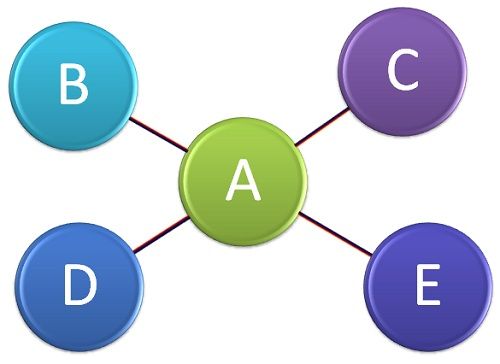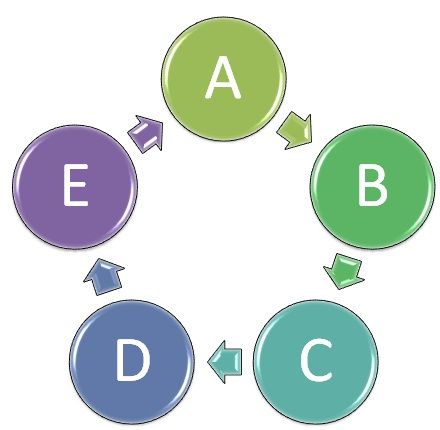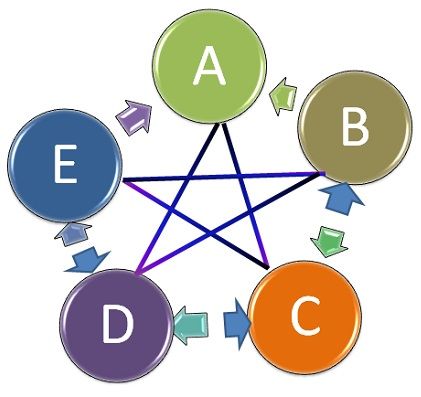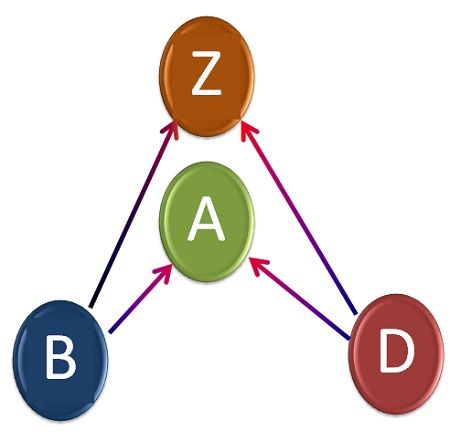Definition: The Formal Communication Network shows the pattern of the communication, i.e. the way in which the formal communication is facilitated.
There are several types of formal communication networks classified on the basis of the degree to which they are centralized and decentralized. These are:
- Wheel Network: This is the most centralized forms of a communication network wherein all the information flows from one central person, typically the leader. The other members have little or no communication link with each other. Here, the leader deliberately controls the line of communication and make sure that the information reaches all in the group.

- Chain Network: Under the chain pattern, the information flows either up or down the line. Here each person gets the information from his immediate superior and then passes it to their immediate subordinates. Likewise, the chain gets created, and all members get connected to a single person, typically the leader. This network is suitable when the information to be passed is legally correct.

- Circle Network: The circle network is one of the decentralized forms of a communication network wherein the information is shared equally among all the members. Here each person gives and receives information from two or more persons in the network. Under this pattern, each member has the equal chance to participate.

- Free Flow Network: Under this pattern, everyone is connected to each other, and the information can flow freely from anywhere in the organization. It is the most decentralized form of formal communication. The distinct feature of this communication pattern is that all the persons in the group are linked to each other and can freely communicate with anyone they want.

- Inverted “V” Communication: The inverted “V” communication is a formal network wherein the subordinate is allowed to communicate with his immediate superior as well as with the superior’s superior, i.e. the boss of the immediate boss. But, however, the communication between the subordinate and the superior’s superior is limited.

Thus, several formal communication networks get created in the organization when people follow a proper channel of communication in respect of their hierarchical positions.

Neumbe Harriet says
This has helped me to find out my notes easily thanks very much